People have only recently come to realize the unsettling and disturbing origins of the Barbie doll, which were previously unknown or overlooked.
Discovering Barbie’s disturbing past
Barbie, one of the most iconic and influential toys in history, has captivated imaginations since her debut in 1959.
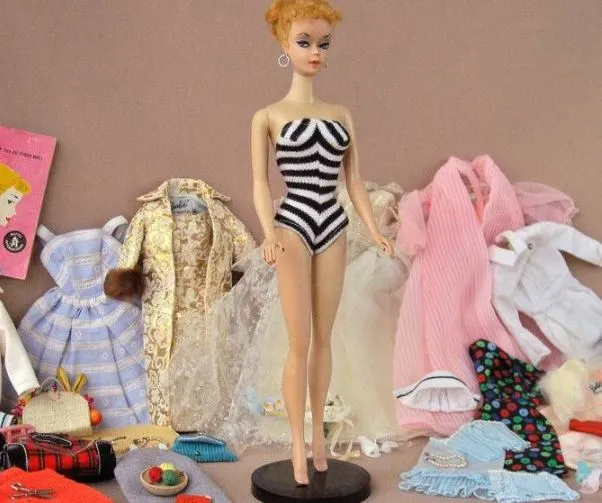
As the second most influential toy behind LEGO, Barbie’s impact is undeniable. Her many careers and diverse range of dolls celebrate various professions and ethnicities.
However, a closer look at her origins reveals a more disturbing backstory that many are just now learning about.
The origin of Barbie
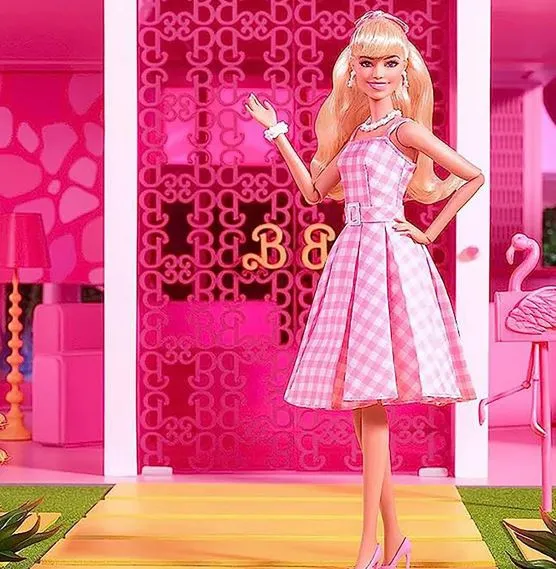
The Barbie doll’s glamorous appearance, characterized by blonde hair and red lipstick, is inspired by a German character named Bild Lilli.
Lilli first appeared in 1952 as a comic-strip character in Hamburg’s Bild-Zeitung.
She was later produced as a novelty toy by the manufacturer, Greiner & Hausser, in 1955.
The company, known for making German soldier figurines and military toys during the war, shifted its focus after the war.
It began producing toy cowboys and Native Americans.
Lilli’s background and Barbie’s creation
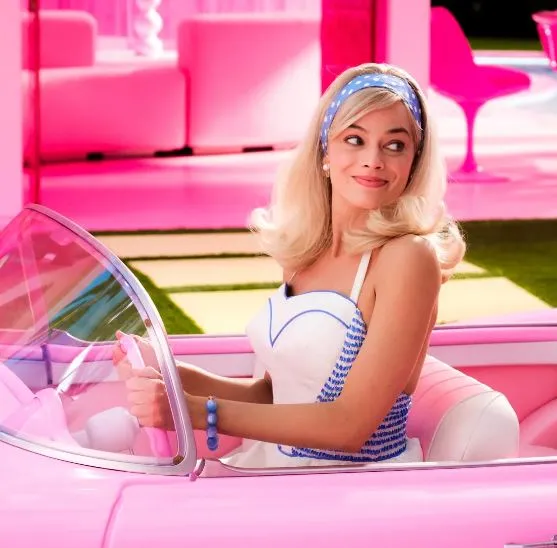
Originally, Lilli dolls were sold in adult-themed stores, including tobacco shops and bars.
They were often given as gag gifts or placed on car dashboards.
According to Robin Gerber, author of *Barbie and Ruth*, these dolls were suggestive keepsakes rather than children’s toys.
Ruth Handler, Barbie’s creator, encountered Lilli dolls during a trip to Europe with her daughter, Barbara.
The experience inspired her to name the new doll “Barbie.”
Handler was fascinated by Lilli and brought several dolls back to California.
Mattel, the toy company Handler approached, used Lilli as inspiration for the Barbie doll.
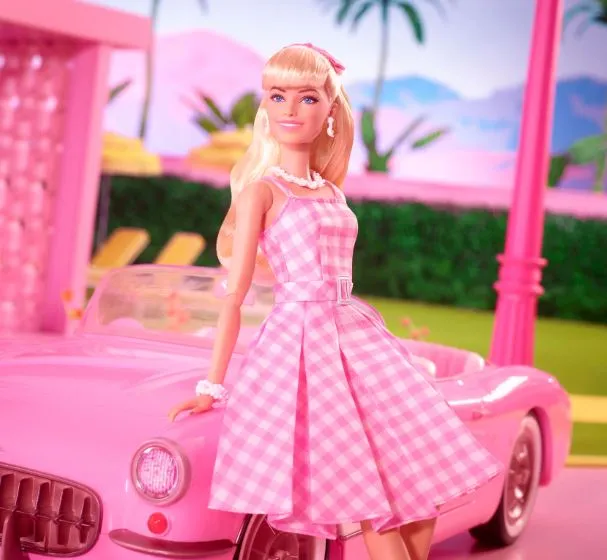
They made several modifications, including adjusting Lilli’s curved eyebrows, softening her lips, and giving Barbie distinct toes.
Legal disputes and controversies
Mattel faced legal challenges from Greiner & Hausser over the similarities between Barbie and Lilli.
According to Orly Lobel in her book *You Don’t Own Me: The Court Battles That Exposed Barbie’s Dark Side*, Mattel did not seek permission to use Lilli’s likeness.
The dispute was eventually settled when Mattel acquired Greiner & Hausser’s copyrights and patents in 1964. This acquisition led to the discontinuation of Lilli.
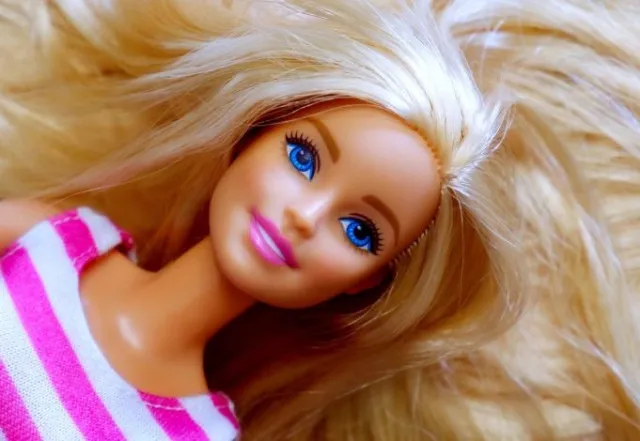
A later lawsuit in the early 2000s, after Greiner & Hausser went bankrupt, accused Mattel of fraud but was dismissed by the court.
The impact of Barbie’s origin
The revelation of Barbie’s origins has sparked a wave of reactions on social media.
Additionally, many are surprised to learn about the doll’s controversial past and the legal battles surrounding her creation.
Despite this, Barbie remains a cultural icon, continuing to influence generations of children around the world.
Barbie’s evolution from a German novelty toy to an American icon is a story of transformation and adaptation.
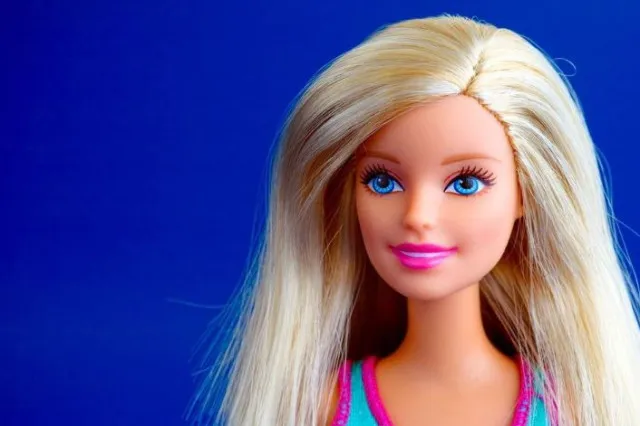
While her origins may be unsettling, Barbie’s impact on culture and her role in inspiring countless individuals remain significant.
While her origins may be unsettling, Barbie’s impact on culture remains significant.
Her role in inspiring countless individuals continues to be notable.